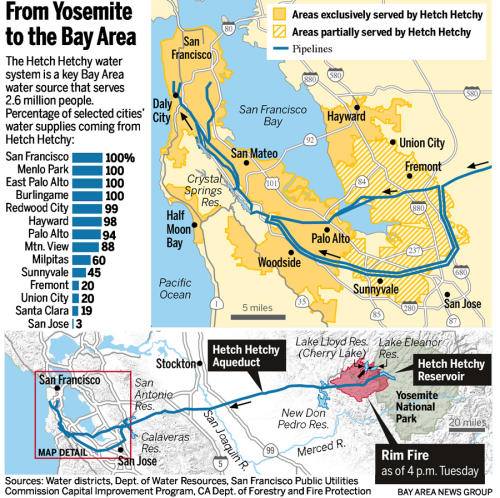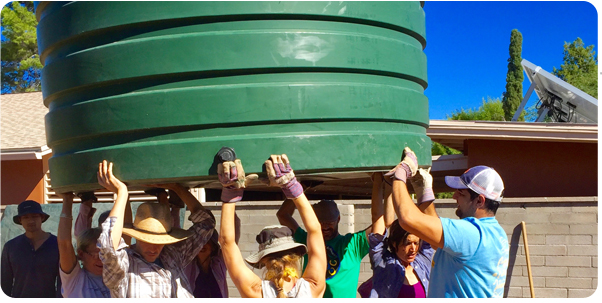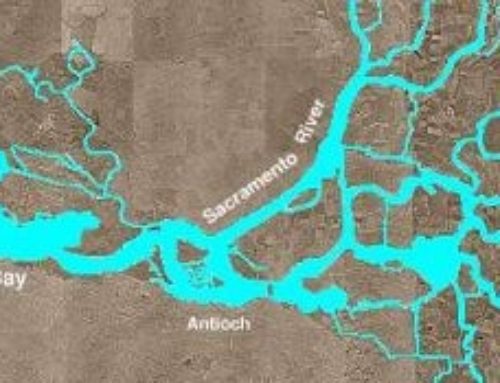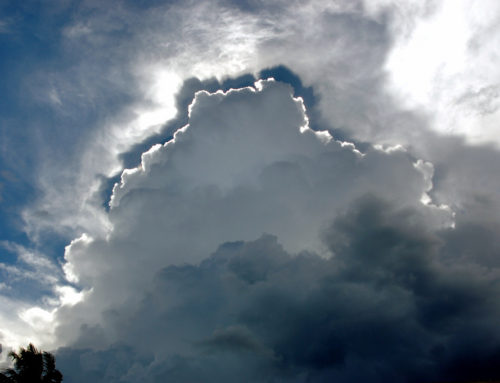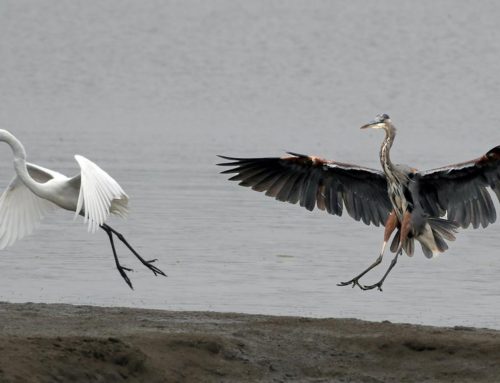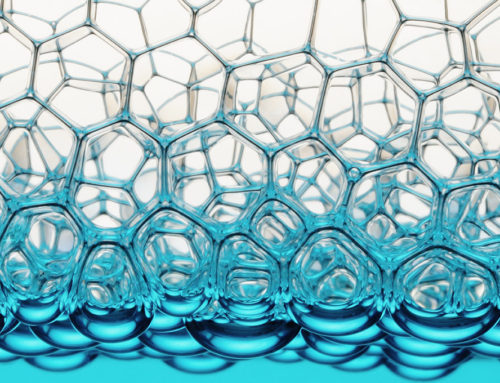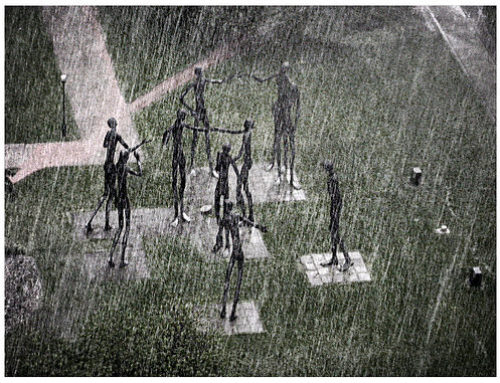-
Appropriate Drought Responses: Rainwater Harvesting and Graywater Reuse (or You just shouldn’t mess with the hydrologic cycle)
This severe drought period in our hydrologic cycle is the perfect time to re-mention water conservation and reuse via rainwater harvesting and graywater, decreasing water use, stormwater and increasing localized infiltration.
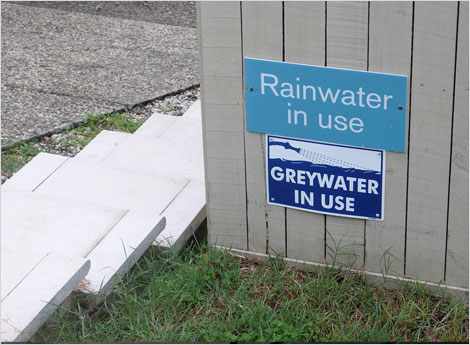
Image by Dan Hill
Let’s be clear about one thing, rainwater harvesting is anything but a “new technology.” Particularly when we realize that those of us using water from surface waters (rivers, streams) are fully engaged in rainwater harvesting writ large.
For instance, Hetch Hetchy Reservoir, the source of water for 3 million people in San Francisco, CA and their wholesale clients around Northern California*, is a catchment basin for the snow melt and rainfall that feed the Tuolumne River and it’s surrounding watershed (https://www.whollyh2o.org/daily-stream/water-supply-security/item/475-the-rim-fire-tuoumne-river-watershed-and-hetch-hetchy-reservoir.html). The same is true of East Bay Municipal Utility District’s (EBMUD) use of Pardee Reservoir, a catchment for the snow melt and rainwater creating the Mokelumne River.
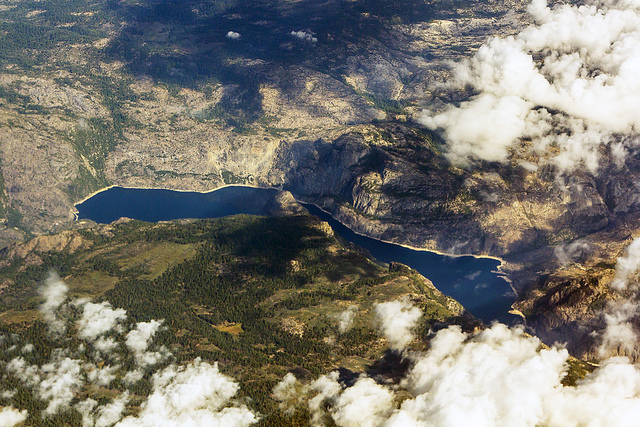
Hetch Hetchy Reservoir from Above, Photo by Melfoody
And when you get right down to it, the same is true of groundwater, even if it’s been moving through the earth for thousands or millions of years. The earth itself is the “storage” for the water which has come from rainfall, snowmelt, and dew. You just can’t escape the hydrologic cycle.
Here’s what’s interesting about water on earth, besides the fact that there is water on earth, that is. It’s finite. Planet earth has a closed loop water system, whether that water is in a liquid, solid or gas state. No more is coming. So what we are living with now on the planet has been here in one of its various states since the beginning. As we like to say, “The water you are drinking today was once dinosaur pee.” (So much for our fears about recycled water, eh?)
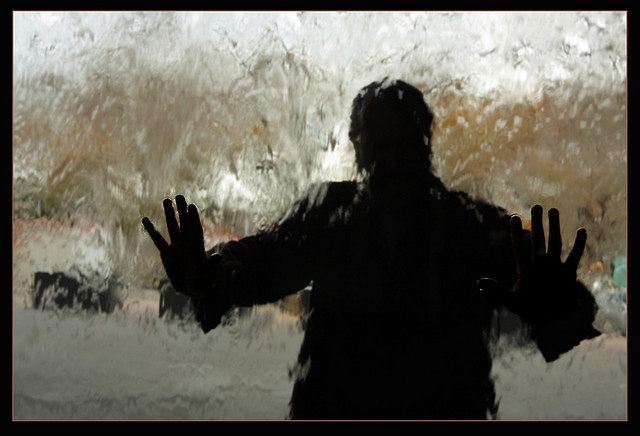
Image by
But don’t think that the closed loop makes water static. In fact, one compelling aspect of water is that it is always in motion, in whatever state, even ice, creating what is known as the hydrologic cycle. It is a constantly moving, state and quality changing element. Water continues to cycle around through earth, the atmosphere, the earth, the atmosphere.

Even during a drought, that water that you knew as more regular rainfall a few years back, is still somewhere in the cycle. But it sure isn’t in it’s rainwater state of the hydrologic cycle right now in California (tho other parts of the U.S. are receiving a great deal of precipitation). That means snowpack and stream flow is lessened. Groundwater is not being replenished, yielding dry wells and agricultural chaos. When water agencies say that they are “looking for more water” for their customers, they generally mean finding stored waters which they can access through water transfers from other water agencies who have excess stored waters.
Another alternative is to focus all energies on promoting water conservation and water reuse – what we at Wholly H2O call “localized water.” With just a small bit of attention, it’s actually easy to reduce your water use by 1/3. Check out this article from the San Jose Mercury News on using only 30 gallons a day in the Bay Area. Just lowering the flow used for dish washing or brushing your teeth can save you 10 gallons a day. To “find more water”, why not install rainwater and graywater systems? In the case of rainwater, you can gather 600 gallons of rainwater from 1000 square foot roof with just 1 inch of rain. Even if the annual rainfall declines from say 22″ to 10″ a year, the rain would still be gifting you 6000 gallons of water. And that’s with just 1000 square feet of catchment area.

Rainwater Capture Calculator from Guttermaster
The City of Tucson is a stellar example when it comes to incorporating locale water supplies. Not stopping at offering useful rebates, Tucson has adopted building ordinances that require the installation of both rainwater cisterns and graywater stub-outs, making new buildings ready for localized water use. This is a city with only 11″ of average rainfall a year. In fact, the less rain you have, the more it makes sense to use every drop from the sky.
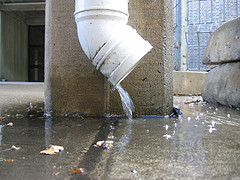
Image by Beepie on Flickr
Graywater provides the opportunity to resue water from laundries, showers, tubs, and bathroom sink for getting water to thirsty gardens. This is currently legal and safe in California. If your water agency is not providing rebates for rainwater and graywater, call and ask them to start.
Given these smart, appropriate and local options for “finding more water”, why then is the SFPUC trying to purchase more expensive water from Oakdale Water District (meaning Modesto water district’s water, also from the Tuolumne River), in what is called a water transfer before calling for stricter voluntary or mandatory water conservation measures? The same question goes to EBMUD, which is raising water prices (no argument there) but to buy more expensive water, sipping directly from the Sacramento in tough drought years such as now, through an agreement with Sacramento County Water Agency? Do we really want EBMUD tapping the Sacramento, supplementing their existing supply from the Mokelumne River, before asking for more than 10% voluntary reduction. Not when rainwater and graywater are can make each user a local waters user.
* Downriver end users of Tuolumne River
